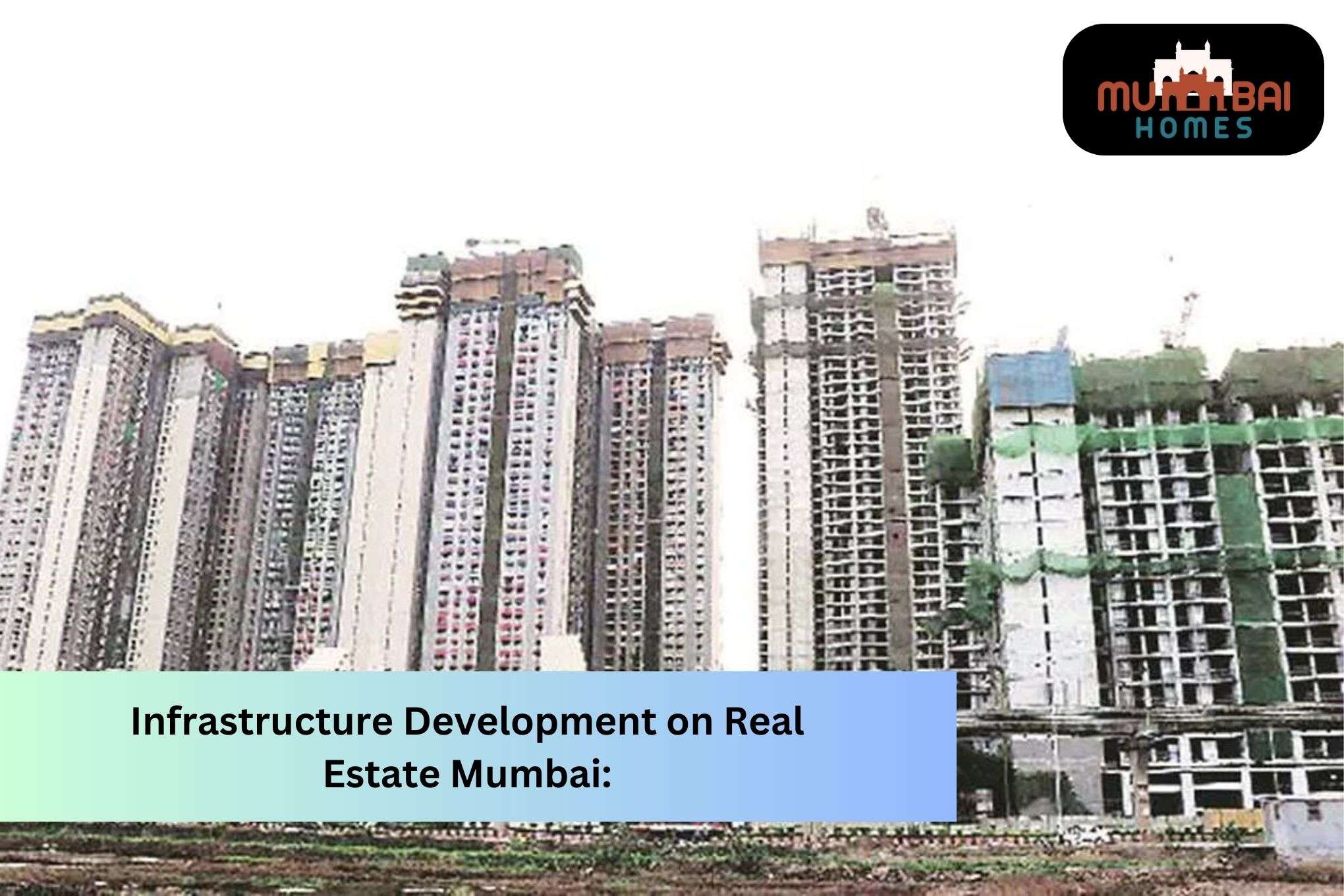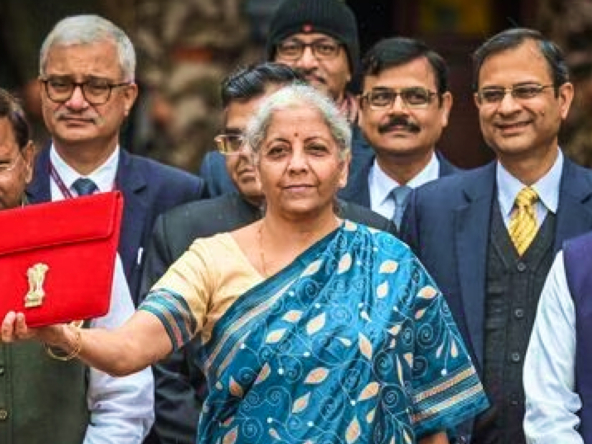The Impact of Infrastructure Development on Mumbai’s Real Estate Market:
Mumbai, the vibrant Indian metropolis, and financial capital of the country, is experiencing a constant evolution of its infrastructure. The development of commercial spaces and business districts strengthened economic activity and had a positive impact on the residential market.
In this article, we will explore The Impact of Infrastructure Development on Mumbai’s Real Estate Market. From creating new transportation routes to improving connectivity, we will examine the various dimensions of this evolution.
The Impact of Infrastructure Development:
Mumbai’s infrastructure improvement efforts have been concentrated on enhancing accessibility and connectivity both inside and beyond the city. Transport within cities has been greatly enhanced through the building of metro lines, monorails, and viaducts. These initiatives have shortened commute times, improved traffic flow, and enhanced the entire travel experience.
Connectivity And Accessibility:
The impact of infrastructure development on connectivity and accessibility in Mumbai can be illustrated by the transformation of Thane’s once-neglected suburbs. Thanks to the introduction of the Thane-Belapur Road, the Eastern Express motorway, and the Thane metro line, Thane has experienced strong demand for real estate. The improved connectivity with Mumbai’s central business districts and commercial hubs has attracted many companies to set up their offices and operations in Thane.
Real Estate Prices:
Real estate prices make the influence of infrastructural development on Mumbai’s Property market the clearest. The value of real estate has significantly increased in areas near major infrastructural initiatives. These places are now more appealing to investors, prospective purchasers, and enterprises thanks to improved connectivity. Due to the explosion in real estate demand, there is now an imbalance between supply and demand, which has increased prices.
The renovation of the Lower Parel neighbourhood is another such. Lower Parel was mainly an industrial area with little residential or commercial activity prior to the establishment of the infrastructure. However, Lower Parel quickly changed into a lively business and residential area with the arrival of major infrastructural developments like the Western Express Highway and the Mumbai Metro. A large number of enterprises were drawn by the enhanced connectivity, which raised the demand for office space and commercial assets. As a result, Lower Parel’s Propertys costs surged, making it one of Mumbai’s most coveted neighbourhoods.
Investment Opportunities:
Infrastructure development in Mumbai has also created significant real estate investment opportunities. Growth in the city’s transportation network has stimulated the development of new residential and commercial projects along transportation corridors. Investors are keen to take advantage of the potential appreciation of capital and rental income generated by properties located near these infrastructure projects
For example, the development of the Mumbai metro has opened up investment
opportunities in areas such as Andheri, Powai and Malad. These locations have experienced increasing demand for both residential and commercial properties due to improved connectivity and access to employment centres. Investors who purchased real estate in these areas prior to infrastructure development saw a significant appreciation of their investment.
Challenges:
Infrastructure development in Mumbai has brought many opportunities to the real estate market, but it also faces some challenges. Limited land availability and resource pressures have pushed up real estate prices, making it difficult to access affordable options. In
addition, the need for sustainable development and effective regulation to maintain a balance between different land uses is a major challenge.
Despite this, prospects are promising. The continued development of infrastructure, the expansion of business and financial hubs, and affordable housing initiatives offer many investment opportunities. Mumbai remains an attractive real estate market for investors and buyers, with continued growth potential. By taking a cautious approach and adapting to challenges, Mumbai can create a well-planned and sustainable urban environment to meet the needs of its growing population.
Future Plans:
Looking forward, the future prospects for the Mumbai real estate market remain promising. The government’s continued focus on infrastructure development, including the future Mumbai-Ahmedabad high-speed rail corridor and Navi Mumbai International Airport, is expected to further boost Property value and demand. In addition, the integration of smart city initiatives, sustainable development practices and better urban planning will improve the city’s overall quality of life, making it an even more attractive destination for real estate investments.
Conclusion:
Infrastructure development has had a profound impact on the Mumbai real estate market. Improved connectivity, new business hubs, and the development of modern amenities have contributed to higher Property prices and increased demand for real estate in strategic
locations. Investors have found many investment opportunities in booming areas and areas served by new infrastructure. However, this progress has also presented challenges such as limited land availability and the need to promote sustainable development. Nevertheless, the future outlook remains positive, with new infrastructure projects underway and continued economic growth, strengthening the attractiveness of the Mumbai real estate market for investors and buyers.
FAQs,
- How has infrastructure development impacted Mumbai’s real estate market?
Ans: Mumbai’s connection and accessibility have greatly improved thanks to infrastructure development, which has raised the demand for home prices.
- What investment opportunities have been created by infrastructure development in Mumbai?
Ans: Mumbai’s growing infrastructure has made properties near new projects, such as commercial centres and transport corridors, attractive as investment prospects.
- What challenges does face due to infrastructure development in Mumbai’s real estate market?
Ans: The lack of available land, the need for more resources, and the necessity for sustainable growth and efficient urban planning are some of the issues Mumbai’s real estate industry is facing.




